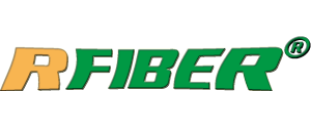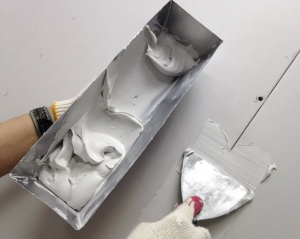What Is Joint Compound or Mud?
Joint compound, commonly called mud, is the wet material that is used for drywall installation to adhere paper joint tape, fill joints, and to top paper and mesh joint tapes, as well as for plastic and metal corner beads. It can also be used to repair holes and cracks in drywall and plaster. Drywall mud comes in a few basic types, and each has its advantages and disadvantages. You may choose one type for your project or use a combination of compounds for the desired results.
What kinds of Compounds There Are
All-Purpose Compound: Best All-Around Drywall Mud
Professional drywall installers sometimes use different types of muds for different stages of the process. For example, some professionals use a mud just for embedding paper tape, another mud for setting a base layer to cover the tape, and another mud for topping the joints.
All-purpose compound is a pre-mixed mud sold in buckets and boxes. It can be used for all phases of drywall finishing: embedding joint tape and filler and finish coats, as well as for texturing and skim-coating. Because it is lightweight and has a slow drying time, it’s very easy to work with and is the preferred option for DIYers for coating the first three layers over drywall joints. However, an all-purpose compound is not as strong as other types, such as topping compound.
Topping Compound: Best Mud for Final Coats
Topping compound is the ideal mud to use after the first two coats of taping compound have been applied to a taped drywall joint. Topping compound is a low-shrinking compound that goes on smoothly and offers a very strong bond. It is also highly workable. Topping compound typically is sold in dry powder that you mix with water. This does make it less convenient than premixed compound, but it allows you to mix just as much as you need; you can save the rest of the dry powder for future use. Topping compound is sold in pre-mixed boxes or buckets, too, though, so you can purchase whichever type you prefer
Topping compound is not recommended for embedding joint tape—the first coat on most drywall joints. When applied properly, a topping compound should reduce your sanding time in comparison to lightweight compounds, such as all-purpose mud.
Taping Compound: Best for Applying Tape and Covering Plaster Cracks
True to its name, a taping compound is ideal for embedding joint tape for the first phase of finishing drywall joints. Taping compound dries harder and is more difficult to sand than all-purpose and topping compounds. Taping compound is also the best option if you need to cover plaster cracks and when superior bonding and crack-resistance are required, such as around door and window openings (which tend to crack due to house settling). It is also the best mud option for laminating drywall panels in multi-layer partitions and ceilings.
Quick-Setting Compound: Best When Time Is Critical
Commonly called “hot mud,” quick-setting compound is ideal when you need to finish a job quickly or when you want to apply multiple coats on the same day. Sometimes called simply “setting compound,” this form is also useful for filling deep cracks and holes in drywall and plaster, where drying time can become an issue. If you are working in an area with high humidity, you might want to use this compound to ensure a proper drywall finish. It sets by chemical reaction, rather than simple evaporation of water, as is the case with other compounds. This means that quick-setting compound will set in damp conditions.
Quick-setting mud comes in a dry powder that must be mixed with water and applied immediately. Be sure to follow the manufacturer’s recommendations prior to use. It is available with different setting times, ranging from five minutes to 90 minutes. “Lightweight” formulas are relatively easy to sand.
Post time: Jul-01-2021

